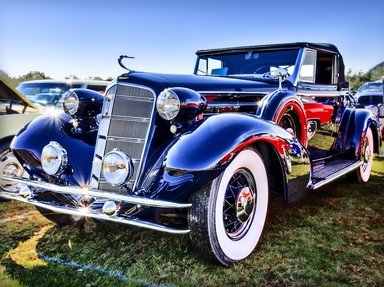Quiz Answer Key and Fun Facts
1. The Trabant became the symbol of life behind the Iron Curtain. These small under-powered smoky cars were in high demand. In what country were they manufactured?
2. The Edsel was an offshoot of the Ford Motor Company introduced to handle a new luxury model. Who or what was the Edsel named after?
3. The pictured car was meant to be a serious competitor to the Ford Escort (the UK top seller in the early 1970s) but ultimately failed in this ambition. What was the name of this car?
4. The tiny Isetta 250 started its life in Italy, but was bought out in 1955 by which German luxury marque?
5. The Nash Metropolitan was an American car, and small for its time when introduced in 1953. However it was actually manufactured overseas. Where?
6. In the days (late 50s) before the American sub-compact car was a concept, Chevrolet identified the need to have a smaller model. In 1960 the rear-engined Corvair was launched. Which car apparently inspired its design?
7. The Lightburn Zeta family (sedan, station wagon and Sports - pictured) were produced between 1963-1965 in a country generally known for its larger, more rugged vehicles. In which country was it manufactured?
8. No It's not a DeLorean but it had a similar backstory. True or False: The sports car depicted is a Bricklin SV-1.
9. The Messerschmitt KR had an unusual seating configuration. What was it?
10. Stutz Blackhawk was once a proud American marque. In 1971 the name was revived and this tacky model appeared. It did not stop people buying it though. Who purchased the first 1971 model?
Source: Author
1nn1
This quiz was reviewed by FunTrivia editor
stedman before going online.
Any errors found in FunTrivia content are routinely corrected through our feedback system.
